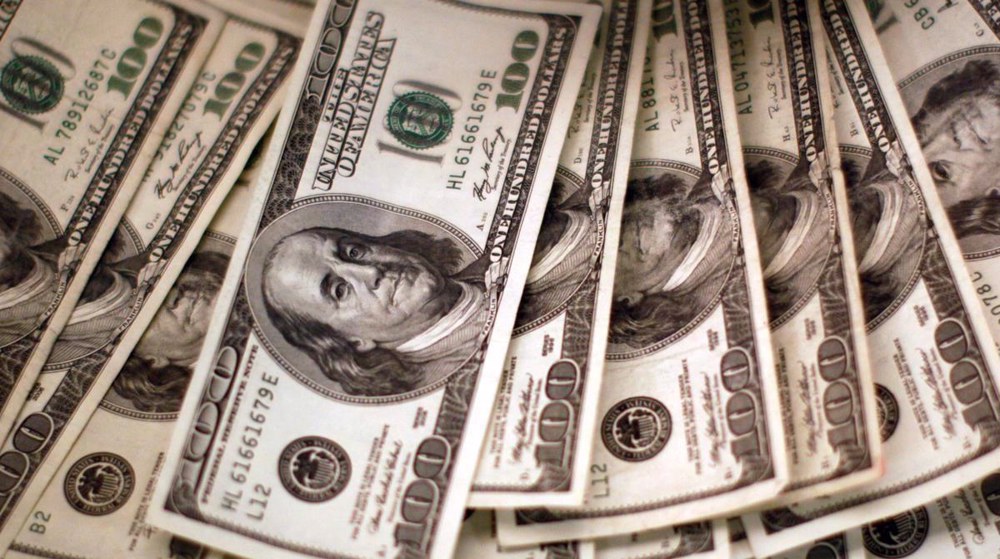US finally passes major but short-term stimulus plan
Ramin Mazaheri
Press TV, Chicago
On the day which marked the one-year anniversary of the United Nation’s declaration of the coronavirus pandemic, the United States signed into law just their second major household stimulus plan.
President Joe Biden’s $1.9 trillion emergency economic package is titled the American Recovery Act. It does not establish any new or significant social programs. All the positive provisions expire this year and instead rely on one-time expenditures.
More than half the money goes towards funding local governments, new but decreased unemployment payments and $1,400 direct payments for those in the middle and lower classes. Around $150 billion is earmarked for each of the areas of vaccinations, child care and school re-openings.
The bill may be enough to stave off mass poverty. Unemployment benefits for over 20 million people are a week from expiring- but many say it is not enough to get through the pandemic, much less recover from it.
The emergency package barely squeezed through a highly-partisan Congress despite having the support of over 70% of public opinion. That may not bode well for the next financial package, which will be required to rebuild the job market, neglected infrastructure and often dire household finances amid a once-in-a-century economic catastrophe.
The popularity of the stimulus has many saying that America’s traditional rejection of governmental involvement in the economy is undergoing a major change. However, like the stimulus plan’s programs, that may only be temporary.
Ukraine says it strikes Russian ‘shadow fleet’ in Mediterranean
Hamas condemns ‘brutal’ Israeli attack on Gaza school
At least 1.6 million in Gaza face ‘acute food insecurity,’ IPC warns
Man convicted of spying for Mossad executed in Iran
VIDEO | Qunaitra residents protest Israeli violations in Syria
UN chief condemns rising Israeli settler violence in occupied West Bank
Use and throw: As US foreign policy priorities shift and Europe falters, Ukraine pays the price
VIDEO | Press TV's news headlines











 This makes it easy to access the Press TV website
This makes it easy to access the Press TV website